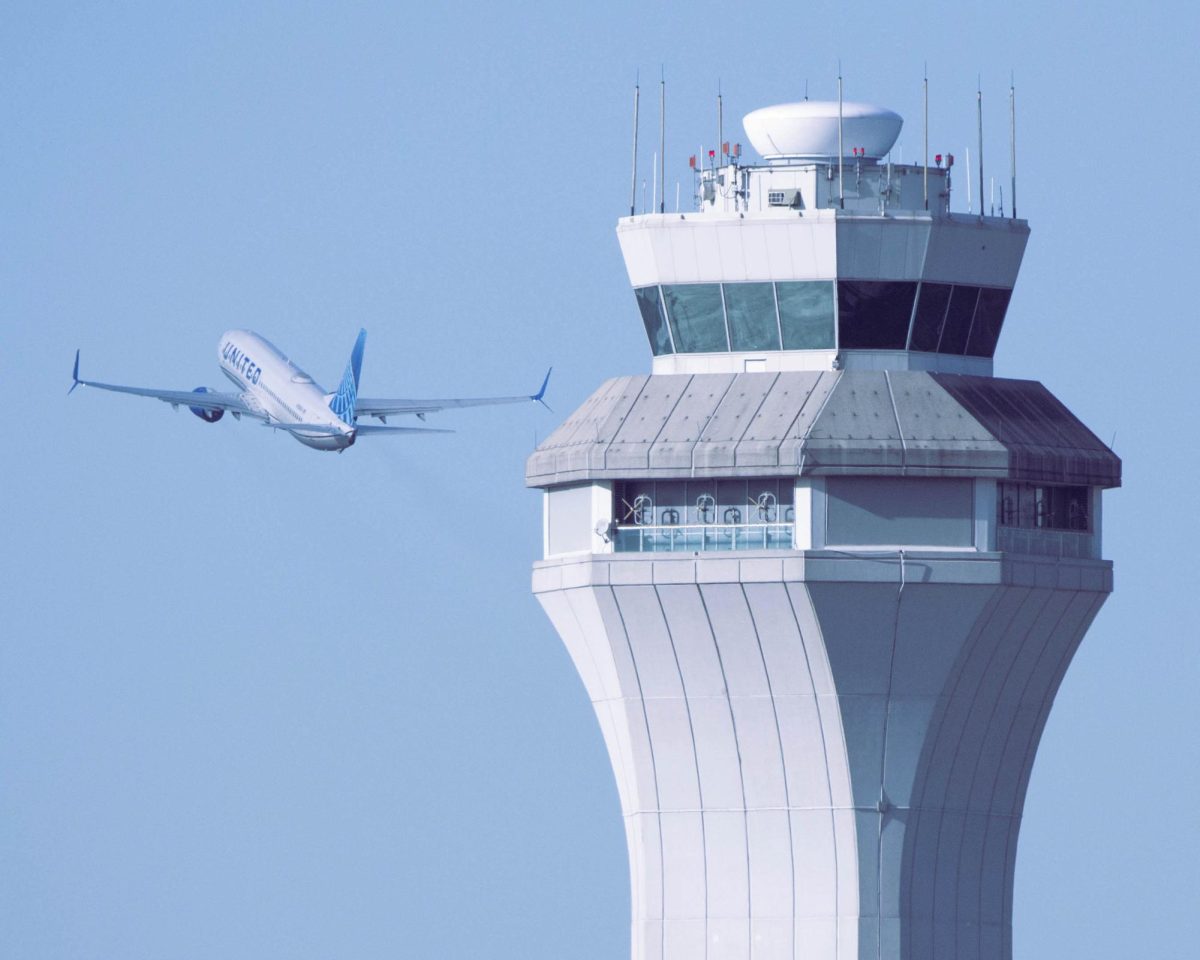President Trump and his administration are putting in all efforts to fight against environmental protections and further the destruction of Earth from climate change.
On inauguration day, Trump issued several impactful executive orders as his first actions in office. Three of these were particularly devastating to the environment.
One of the most notable orders executed was pulling out of the Paris Agreement in an executive order, titled “Putting America First in International Environmental Agreements.” Trump had previously withdrawn the U.S. from the agreement during his first term in office, but Biden rejoined in 2021, only for the U.S. to leave again.
The Paris Agreement is a treaty signed by 195 nations in 2016 to address the issue of climate change. One of the main goals is to keep global temperatures at or under a 1.5 degree increase since pre-industrial levels in the 1800s, a number that was surpassed for the first time in 2024.
The U.S. is the second largest emitter of carbon dioxide. By leaving the treaty, the U.S. will no longer be held accountable for reducing its part in climate change and won’t support other countries in reducing theirs — possibly encouraging other countries to follow suit.
In another executive order, titled, “Unleashing American Energy,” Trump further pushed against sustainable energy use.
The order states that all agency actions need to be reviewed to identify the policies or regulations that may “impose an undue burden on the identification, development, or use of domestic energy resources — with particular attention to oil, natural gas, coal, hydropower, biofuels, critical mineral, and nuclear energy resources.”
To eliminate these “restrictions,” the head of each agency was ordered to meet with the director of the Office of Management and Budget to take action to suspend or revoke the acclaimed “burdensome” policies. This process will further expedite drilling, mining, fracking and more processes harmful to the environment.
According to the EPA, transportation is responsible for 28% of greenhouse gas (GHG) emissions in the U.S., making it the largest contributor to America’s GHG emissions. While “transportation” includes more than just cars, like planes and buses, gas cars are one of the easier sources to mitigate.
Biden had previously set a non-binding goal that half of new cars sold would be electric vehicles (EVs) by 2030. Calling this an EV “mandate,” Trump eliminated the goal and pushed back against regulations that promote EVs under the guise of promoting consumer choice.
Additionally, on Jan. 20, Trump issued an executive order that declared a “national energy emergency” in the U.S., despite ranking second in the world for energy production. Part of this ruled that the Endangered Species Act of 1973 (ESA), which is widely deemed one of the most effective laws protecting endangered species and has acted as a “hurdle for the development of fossil fuels in the U.S. for decades,” according to AP News, can no longer stand in the way of oil production.
By eliminating a large part of the influence and effectiveness of the ESA, Trump is taking away many environmental protection policies and making the installation of future ones far more difficult.
The ESA saved many species — including the bald eagle, grizzly bear and humpback whale — from extinction. In fact, the NIH predicts that the ESA “has prevented the extinction of roughly 291 species since passage in 1973, and has to date saved more than 99% of species under its protection.”
A large part of its success can be attributed to the regulations it places on government agencies’ actions, such as drilling, that would harm the habitats of endangered species. Now, the act of drilling is deemed more essential than one of the most common symbols of America: the bald eagle.
The Trump administration has removed information about the climate crisis from multiple major government departments. According to The Guardian, pages and entire sections concerning climate change on the official websites of the Department of Defense, the Department of State, the Department of Transportation and the White House are all no longer available.
By putting corporate growth and excessive non-renewable, non-essential energy desires above crucial environmental laws and programs, Trump is risking not just the future of many endangered species, but all life forms.















